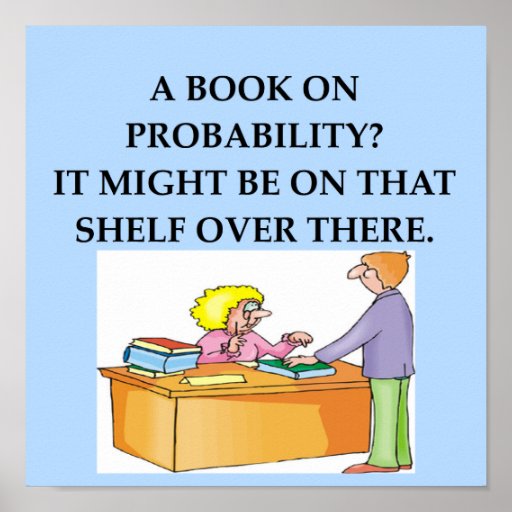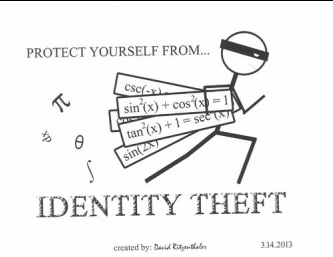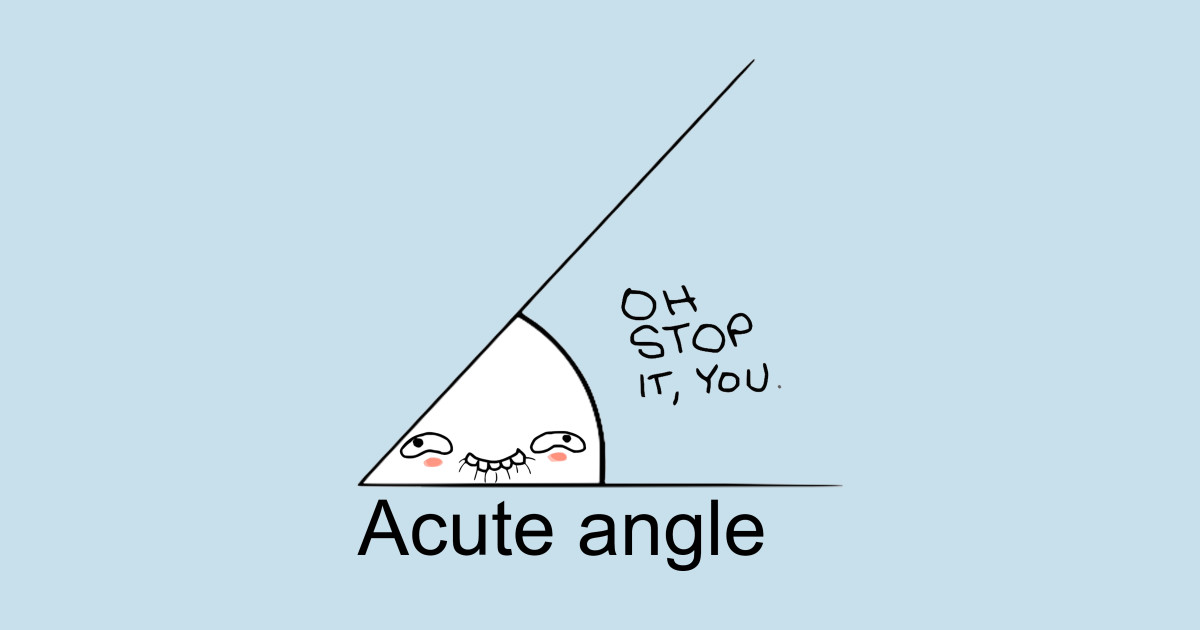Monday, March 13, 2017
Graphs on Semi-Log Graph Paper
What is the difference between a semi-log graph and a rectangular graph? First off, a semi-log graph is meant to graph exponential functions. A semi-log graph is meant to be used for exponential growth functions. A rectangular graph is used only for regular functions or for non-exponential functions. The semi-log graph is useful because it is the most efficient way to demonstrate an exponential function where the exponent is unknown on a graph. A disadvantage to this is that a rectangular graph allows more accurate functions to be seen. A graph with a logarithmic graph scale can be misleading because most people who would see a straight line on a semi-log graph would assume that the function was a normal function without knowing the function is an exponential growth function.
Wednesday, March 1, 2017
Exponential Functions
Exponential Functions are quite frankly not emphasized in society for how impactful it can be. An exponential function is a function in which the value is raised by the power of the number. For example, f(x)=3 to the x power, is an exponential function. Here's another example that exponential functions can be represented in quite a fiction way. Every time someone yawns, 5 more people yawn in response, this problem happens in the span of eight seconds. If x equals the amount of seconds and y equals the people, it is clear that if you plugged in a large x-value, you would receive an extremely high y-value. For instance, once 100 second passes, 545,915,033 people are now yawning. Think of it like an unstoppable virus, it spreads rapidly and intensely fast. If this were to be represented in a graph, it would look like this.

The function can usually be expressed with the following equation. y=number^x. But what determines the graph to become thinner is how much higher the initial number is. Which function would look more like a straight line when graphed, y=10^x or y=100^x? The answer is y=100^x power as the first equation would be (10)(10) if the constant is in the power of two, but the second equation would be (100)(100). As it is evident, the outcome of an exponential function will most of the time produce a high number because of how intensely the number grows when x is changed.

The function can usually be expressed with the following equation. y=number^x. But what determines the graph to become thinner is how much higher the initial number is. Which function would look more like a straight line when graphed, y=10^x or y=100^x? The answer is y=100^x power as the first equation would be (10)(10) if the constant is in the power of two, but the second equation would be (100)(100). As it is evident, the outcome of an exponential function will most of the time produce a high number because of how intensely the number grows when x is changed.
Thursday, February 23, 2017
Pascal's Birthday
Pascal's Triangle carries significance throughout the history that it has been used in various ways. One of these main ways that the Pascal's Triangle is used is by foiling. For example,


This method of the Pascal Triangle is used basically as a short cut to understanding how to foil more complex polynomial factoring. This works by having the exponent of the quadratic equation match the row in the Pascal triangle. There are many more ways that the Pascal Triangle has been useful, one of these ways is by finding the power of 11. In this instance 11 to the power of 4 matches the fourth row in the Pascal Triangle! But when the power of 11 is changed to 7, we find that the answer is 17213535 2171? 11 to the power of 7 is 19487171. In order to solve this we take the tens place of each number in the 7th row in the triangle and add them to the ones place to the number from right to left
1 7 21 35 35 21 7 1= eigth digit 1
seventh digit 7
sixth digit 1
fifth digit 2+5=7
fourth digit 3+5= 8
third digit 3+1= 4
second digit 2+7=9
first digit 1
Here's also two types of Pascal's triangles;


This method of the Pascal Triangle is used basically as a short cut to understanding how to foil more complex polynomial factoring. This works by having the exponent of the quadratic equation match the row in the Pascal triangle. There are many more ways that the Pascal Triangle has been useful, one of these ways is by finding the power of 11. In this instance 11 to the power of 4 matches the fourth row in the Pascal Triangle! But when the power of 11 is changed to 7, we find that the answer is 17213535 2171? 11 to the power of 7 is 19487171. In order to solve this we take the tens place of each number in the 7th row in the triangle and add them to the ones place to the number from right to left
1 7 21 35 35 21 7 1= eigth digit 1
seventh digit 7
sixth digit 1
fifth digit 2+5=7
fourth digit 3+5= 8
third digit 3+1= 4
second digit 2+7=9
first digit 1
11 to the power of 7 is 19487171
Here's also two types of Pascal's triangles;
Pascal
Pascal Pascal
Pascal Pascal Pascal
Pascal Pascal Pascal Pascal
Pascal Pascal Pascal Pascal Pascal
Pascal Pascal Pascal Pascal Pascal Pascal Pascal Pascal Pascal Pascal Pascal Pascal Pascal
Monday, January 9, 2017
1. Here at "Regular Day" we only include the most critique and exceptional math jokes to put on this blog. For example:
Here at "Regular Day" we only include the most critique and exceptional math jokes to put on this blog. For example:
2. a true classic.
a true classic.
3.Yeah I'm the intersection of two faces of a 3d object.
im so edgy....
4.
5.
6.
7.
8.
9.
10. Now I finally have 10 math jokes!
Wheres the last one?
I have ten because I rounded? :D
 Here at "Regular Day" we only include the most critique and exceptional math jokes to put on this blog. For example:
Here at "Regular Day" we only include the most critique and exceptional math jokes to put on this blog. For example:2.
3.Yeah I'm the intersection of two faces of a 3d object.
im so edgy....
4.

5.

6.

7.

8.

9.

10. Now I finally have 10 math jokes!
Wheres the last one?
I have ten because I rounded? :D
Subscribe to:
Comments (Atom)